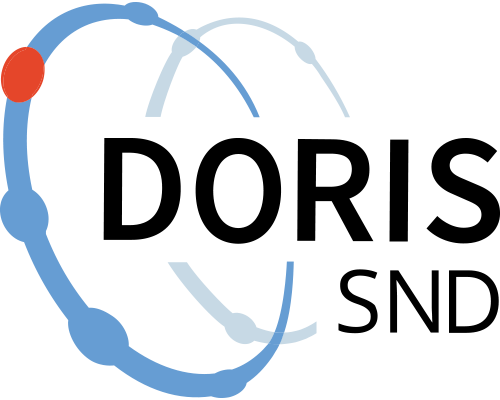Dataset to track concrete cracking using DIC with fixed and moving camera
Today, Digital Image Correlation (DIC) has become a standardized method to track displacements and crack-propagation of civil engineering structures in a laboratory environment. The benefit of using DIC over other standard methods is that it is contact-free and only requires a standard DSLR camera. Moreover, the displacement can be tracked over the entire image, which is a great advantage compared to the limitations of standard sensors that only measure the deformation at a specific point. In standard DIC, the displacements are directly extracted from the images. Hence, the position of the camera must be fixed during the entire test. Therefore, DIC is commonly used in a laboratory environment to measure displacement during short-term testing, e.g. testing of the structural capacity of a reinforced concrete beam. The data presented in this paper was used to verify a newly developed and innovative photogrammetric algorithm, Deformation from Motion (DfM). This algorithm overcomes the standard limitation of traditional DIC and enables high-accuracy measurements to be performed using a camera with no fixed position. As a reference, the crack propagation was on one side monitored with a LVDT and on the other side with a camera with a fixed position. During testing, a moving camera also captured imagery on both sides.
QC 20230913
Datasetet har ursprungligen publicerats i DiVA och flyttades över till SND 2024.
Gå till källa för data
Öppnas i en ny tabbhttps://doi.org/10.17632/dns97tfdjn.1
Dokumentationsfiler
Dokumentationsfiler
Citering och åtkomst
Citering och åtkomst
Tillgänglighetsnivå:
Skapare/primärforskare:
Forskningshuvudman:
Data innehåller personuppgifter:
Nej
Citering:
Språk:
Metod och utfall
Metod och utfall
Administrativ information
Administrativ information
Ämnesområde och nyckelord
Ämnesområde och nyckelord
Metadata
Metadata
Version 1
